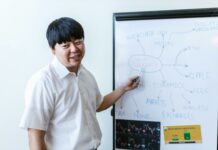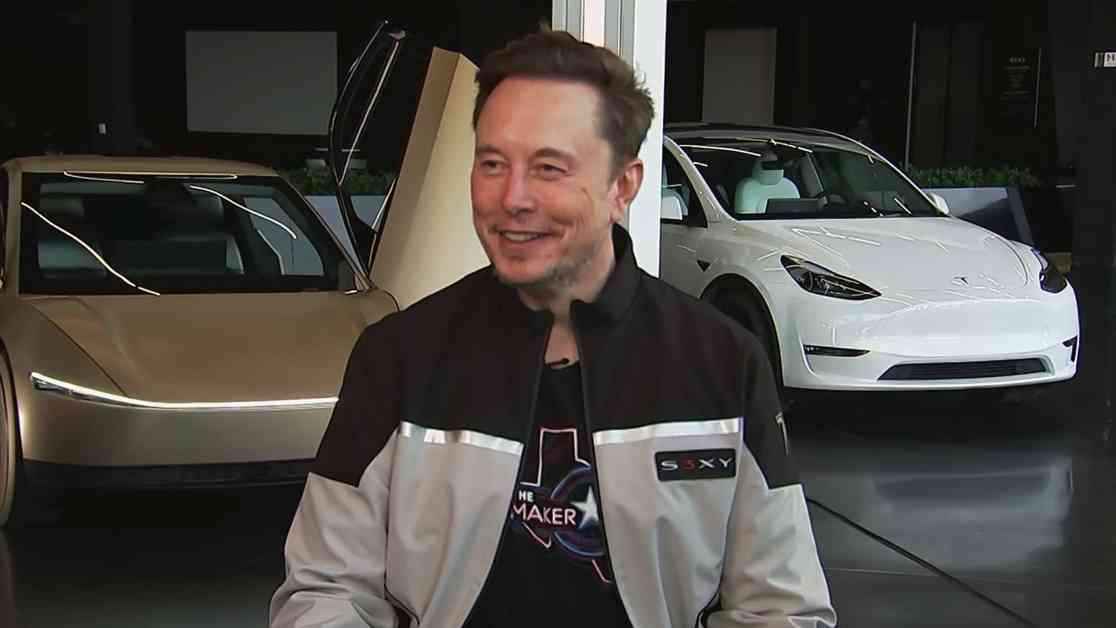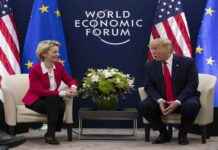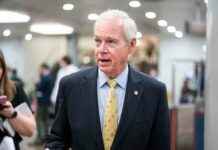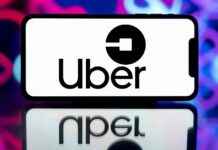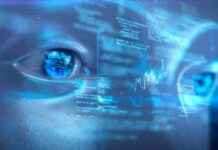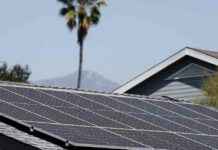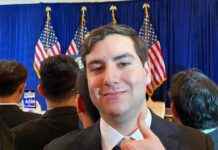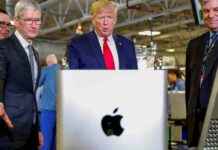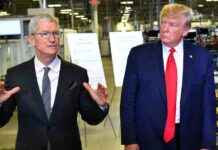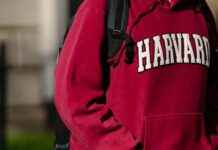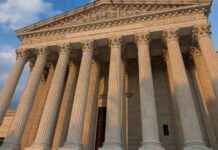Elon Musk was interviewed on CNBC from the Tesla headquarters in Texas. During the interview, Musk confirmed that the company will have robotaxis on the streets of Austin, Texas, by the end of June. The Tesla CEO stated that the company’s goal is to bring its robotaxis to Los Angeles and San Francisco after the initial launch in Austin. Musk mentioned that the robotaxi service will start with about 10 vehicles in Austin and could expand to thousands of vehicles if the launch is successful without any incidents.
Expansion Plans and Technology
Tesla plans to use Model Y vehicles equipped with a forthcoming version of FSD, or full self-driving, known as FSD Unsupervised for its robotaxi service. Musk highlighted that Tesla’s approach to robotaxis is more ambitious than competitors like Waymo, as Tesla relies on camera-based systems and computer vision primarily instead of using expensive sensors like lidar and radar in its vehicles. The company will geofence its robotaxis in Austin initially to limit where the vehicles can drive, but there won’t be a human safety driver in the cars. Tesla employees will remotely monitor the fleet to ensure safety and efficiency.
Challenges and Controversies
Despite Tesla’s innovative approach to autonomous vehicles, the company has faced political backlash due to Musk’s involvement with President Donald Trump’s administration. This backlash has led to declining EV sales, including a 20% drop in automotive revenue in the first quarter of 2025. Musk attributed the sales decline to the need for factory retooling to produce a refreshed version of the Model Y. Despite these challenges, Musk remains committed to leading Tesla for the next five years. As a key advisor to Trump and the founder of the “Department of Government Efficiency,” Musk’s influence extends beyond the realm of electric vehicles.
Conclusion
Elon Musk’s vision for Tesla’s robotaxis represents a significant step forward in the development of autonomous driving technology. By leveraging camera-based systems and artificial intelligence, Tesla aims to revolutionize the way we think about transportation. While facing challenges and controversies, Musk remains dedicated to pushing the boundaries of innovation and leading Tesla into the future. As the world’s wealthiest individual, Musk’s impact on the automotive industry and beyond is undeniable. With the launch of robotaxis in Austin on the horizon, the automotive landscape is set to undergo a transformative shift.
